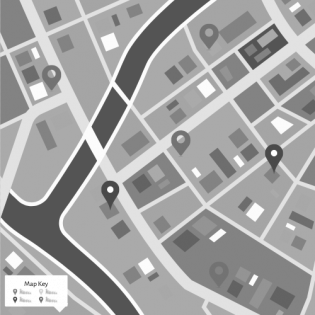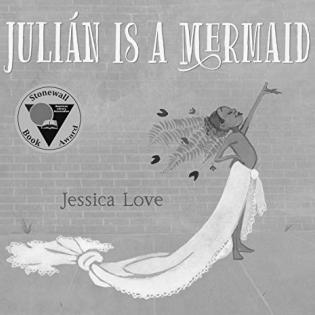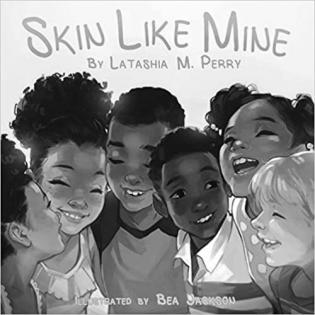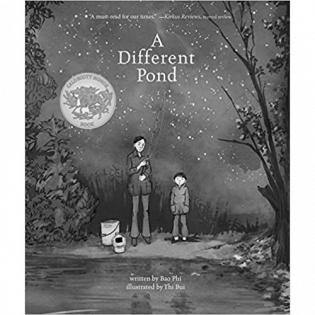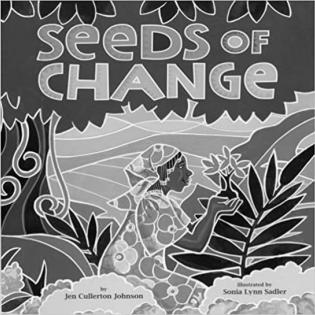The purpose of this session is to show and celebrate the completion of the video documentary. Sharing the documentary is an act of philanthropy as it teaches and inspires others about philanthropy in the community. Participants reflect and write about the service-
...Filter by subjects:
Filter by grades:
Filter by audience:
Filter by issue area:
Filter by content type:
Filter by resource type:
resource search
When you are interested in taking action to make a change, it is helpful to first get a clear picture of what resources exist in your community and where the gaps are. This activity helps young people plot specific resources on a map, which helps identify patterns and connections and builds evidence and partnerships for taking steps to make a change. change.
The learner develops an awareness of alternative, earth-friendly ways to eat. This lesson encourages the learners to evaluate how their food choices affect the environment. Youth identify ways organic and processed foods contribute to their health as well as the health of our world.
Raise the learners' awareness of responsible energy usage in their daily practice and global energy choices. They connect environmental stewardship to the use of renewable and non-renewable energy sources.
Young people gain awareness of the negative effects of air pollution, especially asthma. They research and identify some of the sources of air pollution in the school and community and possible ways to improve air quality in these areas.
In this book, Julian imagines himself becomming a mermaid after he sees some women dressed up beautifully in mermaid costumes. When he gets home, he dresses up as a mermaid, and at first his Abuela seems angry at him.
Through rhyming and delicious descriptions, this book celebrates the beauty of different skin colors. This book encourages self-love and a healthy appreciation for our uniqueness and the power of diversity. Reading this story together provides an opportunity to talk about each person's unique beauty and gifts.
Inspired by the real-life stories of author Bao Phi and illustrator Thi Bui, this beautifully crafted picture book tells the story of a simple event in the life of an immigrant family. Phi’s poetic tale invites the reader to join the boy and his father on a fishing trip. This semi-a
This true story of Wangari Mathaai, the first African woman to win the Nobel Peace Prize, is an inspiring tale of environmental activism and the power each one of us has to help protect our world.
Literature Guide by Maureen Klein
Through poetic words and beautiful illustrations, a young Asian girl celebrates what makes her unique. This book is a gentle story about self-love and the power of family in shaping our identity. Reading this story together provides an opportunity to listen generously and celebrate each person's unique beauty and gifts.
